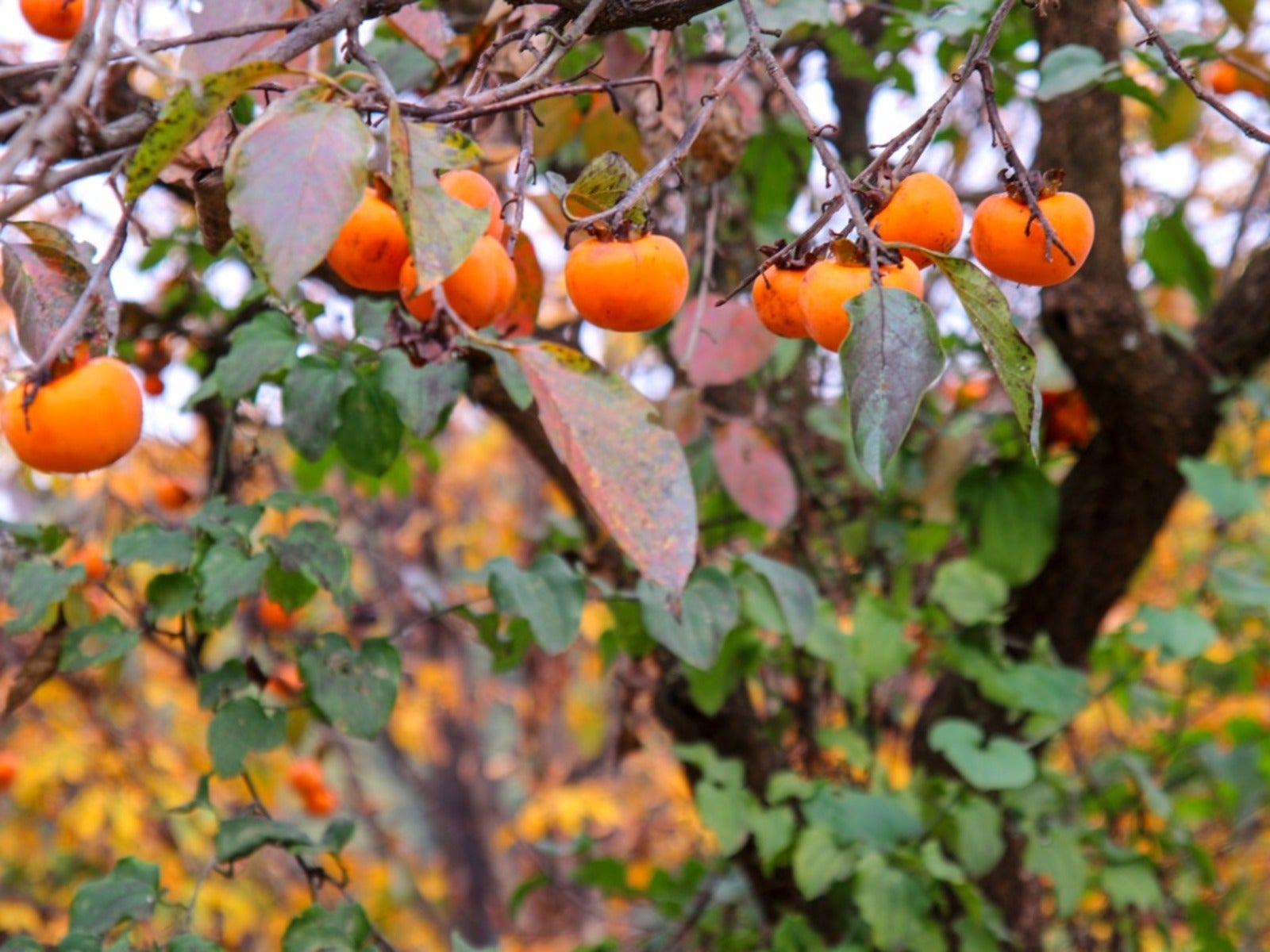American Persimmon Tree Facts – Tips On Growing American Persimmons


The American persimmon (Diospyros virginiana) is an attractive native tree that requires very little maintenance when planted in appropriate sites. It’s not grown commercially as much as the Asian persimmon, but this native tree produces fruit with a richer taste. If you enjoy persimmon fruit, you may want to consider growing American persimmons. Read on for American persimmon tree facts and tips to get you started.
American Persimmon Tree Facts
American persimmon trees, also called common persimmon trees, are easy to grow, moderate sized trees that reach about 20 feet (6 m.) tall in the wild. They can be grown in many regions and are hardy to U.S. Department of Agriculture plant hardiness zone 5.
One of the uses for American persimmons is as ornamental trees, given their colorful fruit and intensely green, leathery leaves that turn purple in the fall. However, most American persimmon cultivation is for the fruit.
The persimmons you see in grocery stores are usually Asian persimmons. American persimmon tree facts tell you that the fruit from the native tree is smaller than Asian persimmons, only 2 inches (5 cm.) in diameter. The fruit, also called persimmon, has a bitter, astringent flavor before it ripens. Ripe fruit is a golden orange or red color, and very sweet.
You can find a hundred uses for the persimmon fruit, including eating them right off the trees. The pulp makes good persimmon baked products, or it can be dried.
American Persimmon Cultivation
If you want to start growing American persimmons, you need to know that the species tree is dioecious. That means that a tree produces either male or female flowers, and you’ll need another variety in the area to get the tree to fruit.
However, several cultivars of American persimmon trees are self-fruitful. That means that one lone tree can produce fruit, and the fruits are seedless. One self-fruitful cultivar to try is ‘Meader.’
Sign up for the Gardening Know How newsletter today and receive a free copy of our e-book "How to Grow Delicious Tomatoes".
To succeed in growing American persimmon trees for fruit, you’ll do best to select a site with well-draining soil. These trees thrive on loamy, moist soil in an area that gets ample sun. The trees do tolerate poor soil, however, and even hot, dry soil.

Teo Spengler is a master gardener and a docent at the San Francisco Botanical Garden, where she hosts public tours. She has studied horticulture and written about nature, trees, plants, and gardening for more than two decades, following a career as an attorney and legal writer. Her extended family includes some 30 houseplants and hundreds of outdoor plants, including 250 trees, which are her main passion. Spengler currently splits her life between San Francisco and the French Basque Country, though she was raised in Alaska, giving her experience of gardening in a range of climates.